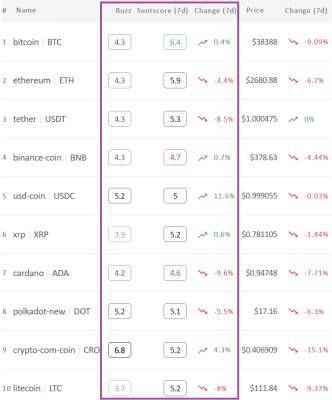Polkadot Benefits from ‘Shared Security’ and ‘Forkless Upgrades’, One Major Threat Remains – CoinShares
The main strength backing the blockchain protocol Polkadot (DOT) is its “shared security,” combined with forkless upgrades and blockchain interoperability, according to the digital asset research and investment firm CoinShares. However, the protocol is still threatened by what could be seen as a lack of decentralization, they added.
In their report, CoinShares said that “shared security,” which comes from the fact that stakeholders such as developers, investors, and team members are all using DOT tokens to ‘bond’ and ‘stake’ their Parachain (other chains attached to Polkadot’s main chain), is the most important strength for Polkadot.
Secondly, forkless upgrades are also a large strength of Polkadot, CoinShares said. Instead of forking, upgrades to the protocol happen through a “simple, decentralized process” by having a proposal added to a queue, which is seconded by token holders, and voted on in a referendum.
“There is no human intervention or centralization, and if the vote doesn’t pass then nothing happens,” the report described as the key feature of the forkless upgrade system.
Third, CoinShares’ report said that interoperability is “essential and core” to the way Polkadot is designed, with an increasing number of Parachains attached to the main chain. “This scalability for Parachains acts as a positive feedback loop and will only entice further adoption of the network,” the report predicted.
However, it also found some important weaknesses for Polkadot, with one of the key aspects being a lack of decentralization.
A major reason for this is the way the protocol is governed. The governance structure includes a Council of 13 members who have the power to control the protocol’s treasury, make proposals for referendums, and
Read more on cryptonews.com























